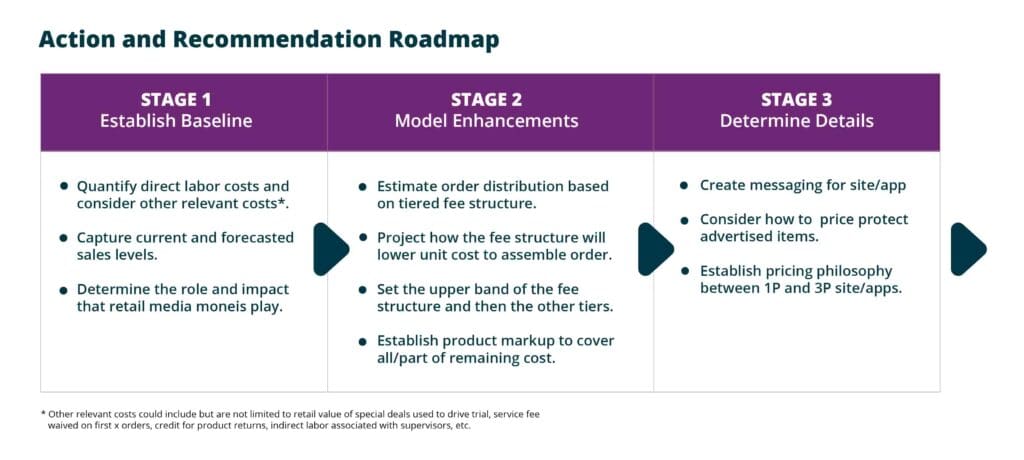Platform

A comprehensive suite of eGrocery solutions to power your business online and in store.
Company

Resources

 Newsroom
Newsroom

